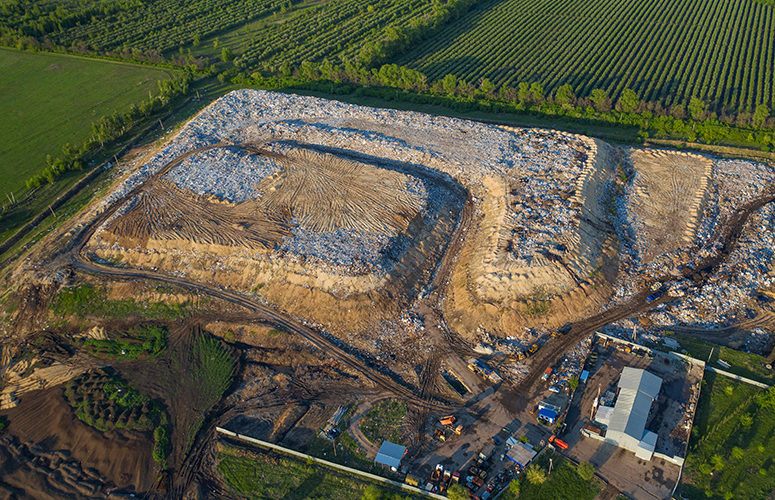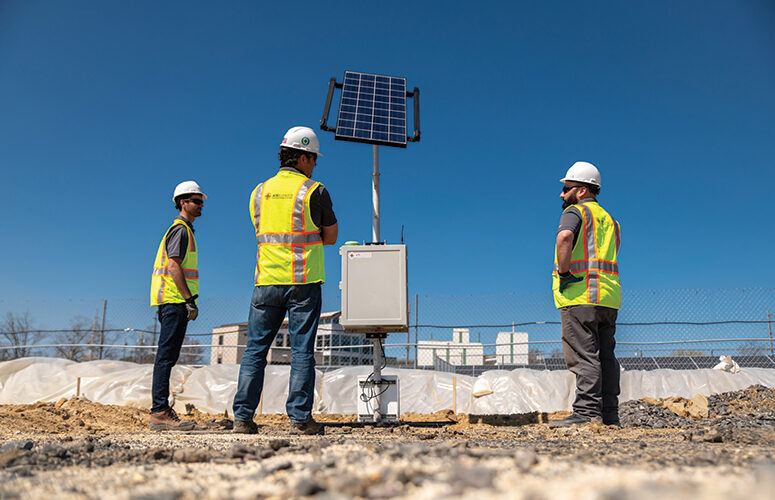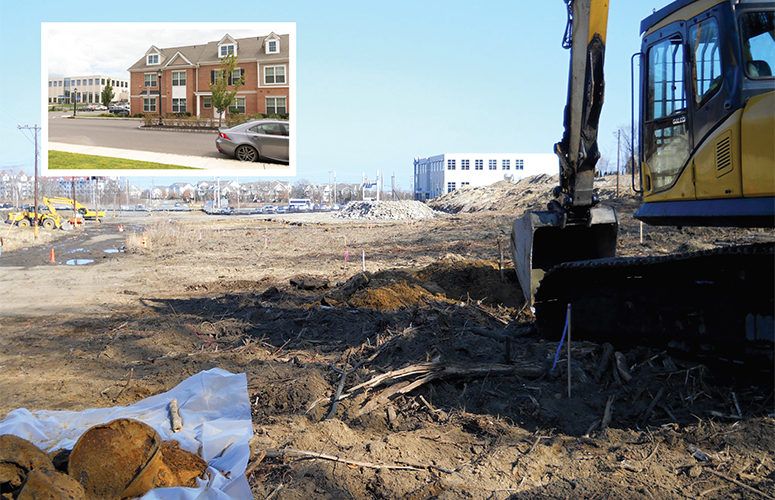
Let’s Make NJ’s Successful Brownfields Program Better
At Issue
By Ray Cantor, NJBIA Vice President of Government Affairs On Feb 28, 2020New Jersey has one of the most effective brownfield cleanup programs in the nation largely due to legislative reforms and a willingness to continually evaluate the program and make changes. Thanks to the adoption of the Site Remediation Reform Act in 2009, over 10,000 sites have been cleaned up over the last decade, and another 8,500 sites are in active remediation.
The success of this program is vital given New Jersey’s industrial past and the legacy pollution that resulted. If we are to protect public health and the environment, and bring sites back into productive usage, it is essential that we have protective standards, and an efficient and effective cleanup program.

NJBIA Vice President of Government Affairs
To that end, the state must do more to accelerate redevelopment on more economically challenged properties. NJBIA is recommending several statutory and policy changes. These recommendations have been derived from the experiences of other states as well as practice in New Jersey.
Alternative Fill. Clean fill, which is limited and costly, should be reserved for uncontaminated sites, while fill with some contamination should be allowed in areas with existing contamination as long as no greater risk results. This fill could be used to elevate sites to account for potential sea-level rise and provide resiliency.
Historic Fill. Marginally contaminated material has been placed over large areas of the state for decades. Historic fill should be managed on a regional basis and taken out of the site-specific site remediation program.
Non-use Groundwater. In many urban areas and elsewhere, groundwater cannot be used because of long-existing, widespread contamination. In these areas, public water from off site is available and in use. If the local government concurs, alternative remediation standards should be allowed that recognize this groundwater cannot be used in the near future. This policy has been successfully employed in Pennsylvania.
Building Approvals. Brownfields are often on economically challenged sites, so expediting redevelopment as much as possible is essential. Projects consistent with zoning regulations should be able to get building permits without extensive hearings. This policy has been successfully used in New York City.
Incentives. The state should create a program with transferable tax credits for cleanups that no other reasonable source of funding would support. These credits should be in addition to job incentives. Prevailing wage provisions should not be required for grants given to private developers because it defeats the incentive to clean up a contaminated property.
Community Visioning. A brownfields outreach program should be established in conjunction with a state university to provide expertise and visioning to local governments and others to spur zoning, infrastructure and other changes needed to facilitate redevelopment.
Innocent Purchasers. The potential liability of innocent purchasers should be limited so that developers are encouraged to buy contaminated property, clean it, and redevelop a site. An innocent purchaser’s liability should end once a property is sold.
Prospective Purchaser Agreements. Innocent purchasers of contaminated property should be able to enter into agreements with the Department of Environmental Protection to clearly define their remediation obligations and the limits on their liability.
The existing site remediation program has been tremendously successful in reducing a backlog of site cleanups. But now is not the time to rest on our laurels. Adoption of these and other reform measures will substantially help to clean up contaminated sites and restore them to productive use.
To access more business news, visit NJB News Now.
Related Articles:





